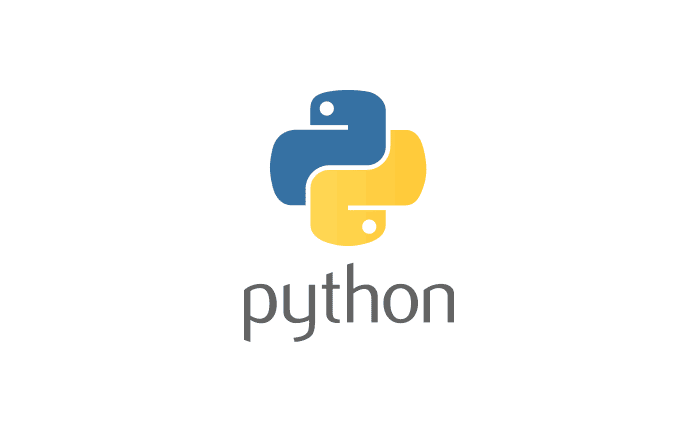
This was exactly me seeing the tutorial ofClassin python.
Python Classes/Objects
Python is an object oriented programming language.
Almost everything in Python is an object, with its properties and methods.
A Class is like an object constructor, or a "blueprint" for creating objects.
*The reason for using a class is that it allows you to implement the structure of your code more effectively.
Create a Class
To create a class, use the keyword class:
class MyClass:
x = 5Create Object
Now we can use the class named MyClass to create objects:
#Create an object named p1, and print the value of x:
p1 = MyClass()
print(p1.x)The init() Function
The examples above are classes and objects in their simplest form, and are not really useful in real life applications.
To understand the meaning of classes we have to understand the built-in __init__() function.
All classes have a function called __init__(), which is always executed when the class is being initiated.
Use the __init__() function to assign values to object properties, or other operations that are necessary to do when the object is being created:
- The
__init__()method is automatically called when the class is instantiated. - The self parameter of the
__init__()method must pass the object of which the class is instantiated, and Python automatically passes it. - The self parameter of the
__init__()method should always be defined, and it should be defined as the first parameter (so Python can pass it on for you)
#Create a class named Person, use the __init__() function to assign values for name and age:
class Person:
def __init__(self, name, age):
self.name = name
self.age = age
p1 = Person("John", 36)
print(p1.name)
print(p1.age)*The __init__() function is called automatically every time the class is being used to create a new object.
Object Methods
Objects can also contain methods. Methods in objects are functions that belong to the object.
#Insert a function that prints a greeting, and execute it on the p1 object:
class Person:
def __init__(self, name, age):
self.name = name
self.age = age
def myfunc(self):
print("Hello my name is " + self.name)
p1 = Person("John", 36)
p1.myfunc()*The self parameter is a reference to the current instance of the class, and is used to access variables that belong to the class.
The self Parameter
The self parameter is a reference to the current instance of the class, and is used to access variables that belongs to the class.
It does not have to be named self , you can call it whatever you like, but it has to be the first parameter of any function in the class:
#Use the words mysillyobject and abc instead of self:
class Person:
def __init__(mysillyobject, name, age):
mysillyobject.name = name
mysillyobject.age = age
def myfunc(abc):
print("Hello my name is " + abc.name)
p1 = Person("John", 36)
p1.myfunc()Modify Object Properties
You can modify properties on objects like this:
#Set the age of p1 to 40:
p1.age = 40Delete Object Properties
You can delete properties on objects by using the del keyword:
#Delete the age property from the p1 object:
del p1.ageDelete Objects
You can delete objects by using the del keyword:
#Delete the p1 object:
del p1The pass Statement
class definitions cannot be empty, but if you for some reason have a class definition with no content, put in the pass statement to avoid getting an error.
class Person:
passResources:

